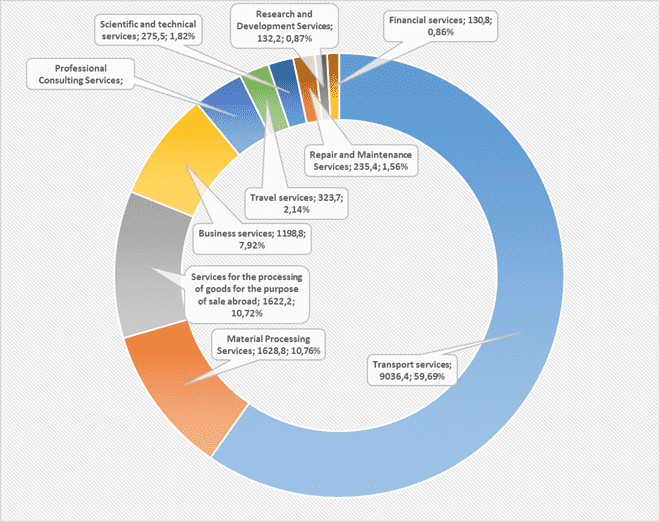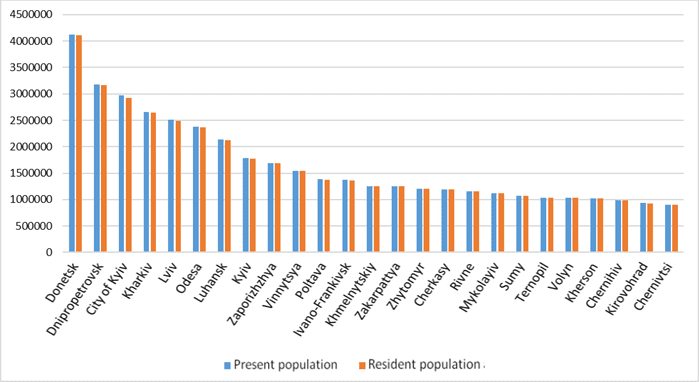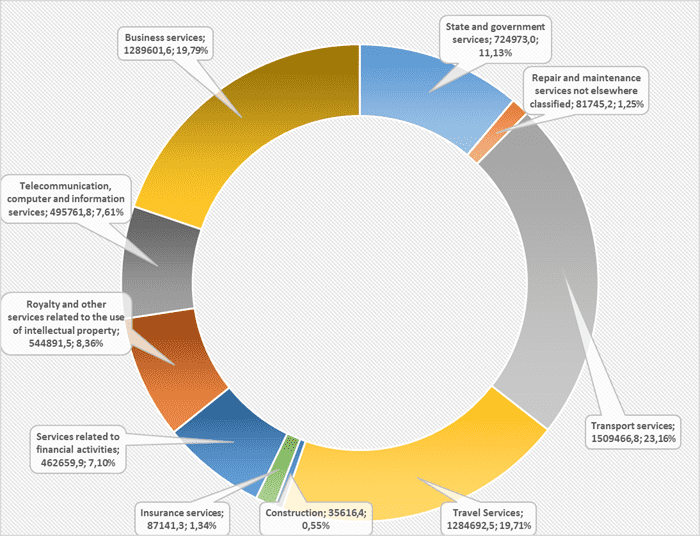
PJSC Donbasenergo transferred UAH 69.7 million of taxes and other obligatory payments to the national and local budgets in March 2020, which is 2.3 times (by UAH 30.1 million) more than in March 2019.
According to the company’s press release, UAH 69.5 million was transferred to the national budget (VAT, environmental tax, fee for special use of water resources, other taxes of the national level), and UAH 300,000 (land tax, immovable property tax, etc.) were paid to the local budget of Donetsk region.
Donbasenergo owns Starobesheve (located in the occupied territory) and Sloviansk thermal power plants (TPP) with the total installed capacity of 2,880 MW, in particular the capacity of Sloviansk TPP is 880 MW. At the end of March 2017, the generation company announced the loss of control over the operation of Starobesheve TPP, as well as part of structural units located in the temporarily uncontrolled territory.
PrJSC Energoinvest Holding owns 60.86% of the shares of Donbasenergo, another 25% of the shares of the generating company are owned by the state. Currently, control of the company belongs to Maksym Yefimov.
Structure of export of services from Ukraine in 2019 (graphically)


Nova Poshta group of companies set up more than 200 pick-up and drop-off points in Kyiv, Lviv, Chernivtsi, Uzhgorod and Kherson during quarantine, Nova Poshta said in a statement on Monday, April 6.
The company plans to increase the number of pick-up and drop-off points to 400 by the end of April.
“For the convenience of customers, we set up most of the branded pick-up and drop-off points inside grocery stores,” the company said.
Until the end of April, Nova Poshta plans to expand the network to 400 pick-up and drop-off points and install them in Dnipro, Odesa, Kharkiv, Poltava, Chernihiv, Sumy, Vinnytsia, Khmelnytsky, Mariupol and other cities.
Delivery of fully prepaid documents and parcels up to 30 kg of actual weight and a size of not more than 42x24x58 cm with a declared value of not more than UAH 6,000 is allowed at the pick-up and drop-off points.
Ukrainian population by regions as of Jan 31, 2020

Structure of import of services to Ukraine in 2019 (graphically)